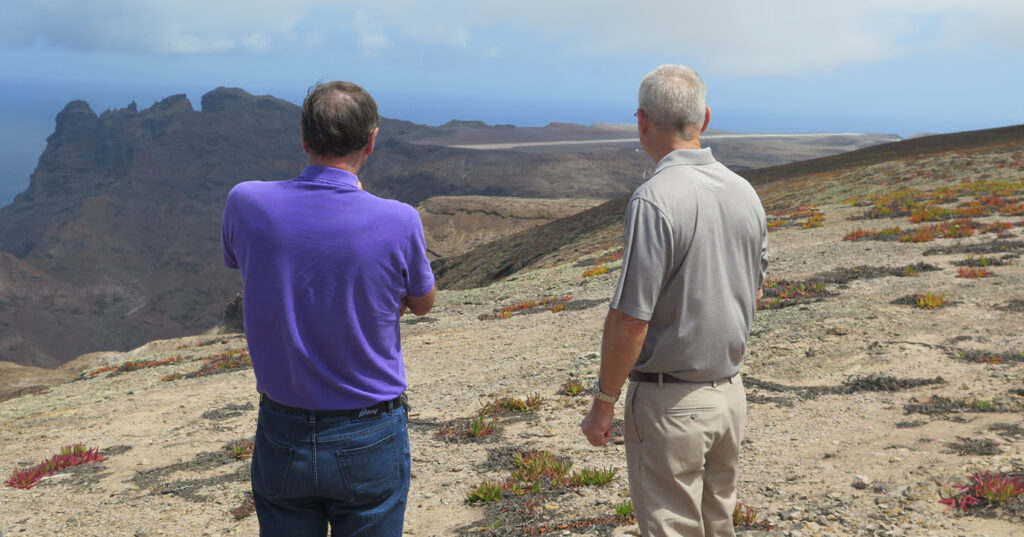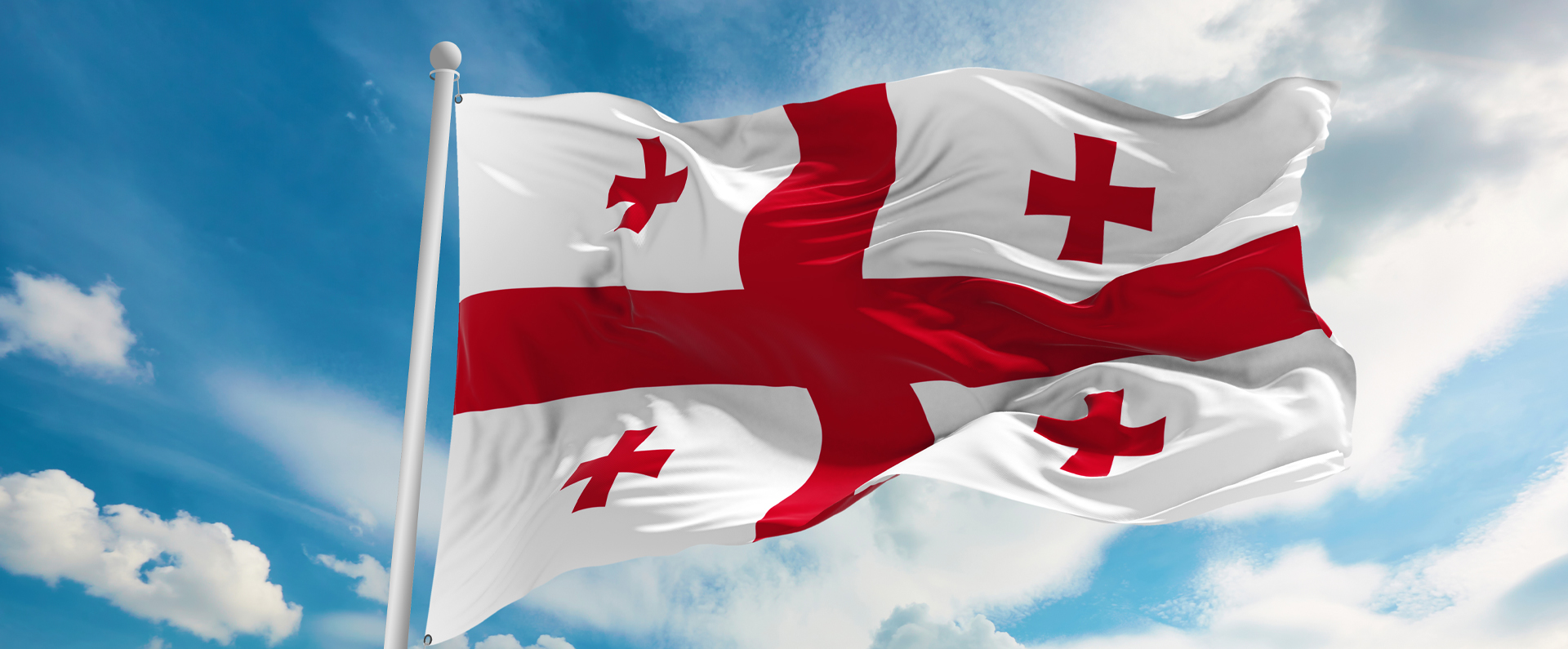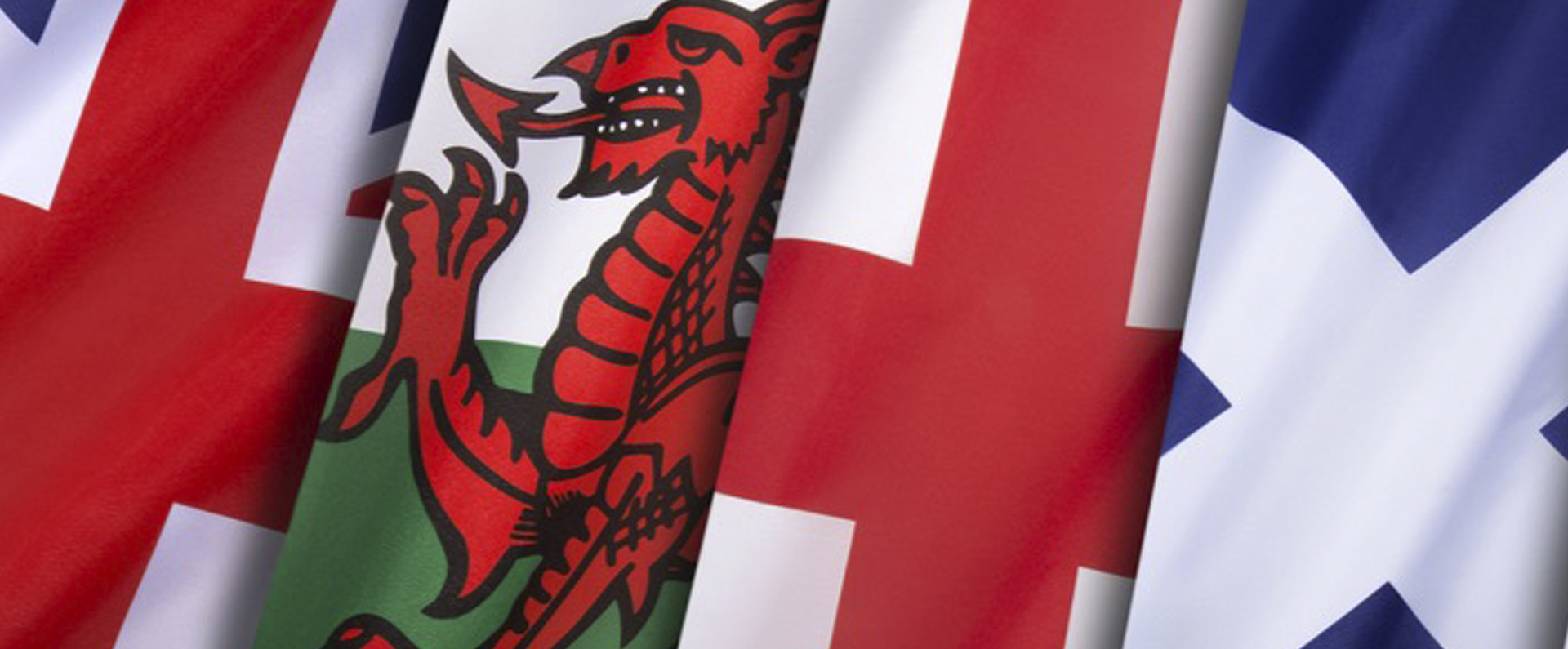
This Saturday [October 14], the first commercial passenger flight is due to land at St Helena’s troubled airport fully 20 months after it was originally due to touch down.
In theory, it should be an occasion for widespread celebration: the remote South Atlantic island will thereby end its centuries-old isolation from the rest of the world. For the first time, St Helena – famously the location where Napoleon Bonaparte lived in exile and died – will become regularly accessible on a relatively short flight from Africa.
However, in the build-up to this weekend’s first commercial flight, the island of 4,500 inhabitants is still not without its major troubles: there are widespread concerns over both the cost of the flights and the relatively low number of tourists that the initial flights will bring.
Furthermore, I can reveal today that one major company says its plans for a multi-million investment on the island are now on “hold” because talks over a new luxury eco-hotel have reached a stalemate.
In recent months, Shelco (St Helena Leisure Corporation Ltd) has been in private discussions with both the Department for International Development (Dfid) and UK Export Finance, which seeks to help firms that export, over a finance package for the Wirebird Hills Resort and Country Club, a five-star eco hotel and country club on the island for which planning approval was given earlier this year. Over two phases, the intention is to build up to 50 luxury hotel rooms and a further 165 villa and apartments on a 380-acre estate.
Shelco has made it clear that, due to the unique problems faced by St Helena, it is not prepared to begin the first phase of the £120 million development unless either the UK or St Helena Governments underwrites the project.
I have seen a copy of a letter dated July 6 2017 from Charles Sanderson, a senior board member with Shelco, in which he tells Lisa Phillips, the island’s Governor, that finance is the one stumbling block to starting work on the new complex.
Sanderson wrote: “As you are aware, there is no ability to finance projects in excess of £1 million on St. Helena as this is the limit of debt provision by the Bank of St. Helena. No international bank will advance finance for a project on St. Helena because there is no track record on Island for successful commercial ventures, no history of sufficient tourist numbers to support any proposed project and following the failure of Government to deliver an operating airport, a lack of confidence in the plans to create a private sector economy on St. Helena.”
I understand that Shelco has already invested some £6 million on St Helena, with the promise of massive new investment to come. Sir Nigel Thompson, the Chairman of Shelco and who, like me, first visited St Helena more than half a century ago, told me: “We are very disappointed that the airport is not yet in a position to provide a platform to support a commercial air service that would create the opportunity for tens of thousands of tourists to visit St Helena every year. This is essential in order to create a sustainable tourism industry that will provide jobs and income for Saints for generations to come.
“Shelco has been working for more than 16 years now on a project that will provide extensive employment and boost high-value tourism. We are delighted to have the support of the Governor and thank her for her efforts. However, only Dfid and the UK Government can provide the necessary support to provide us with the certainty required in order to put shovels in the ground.
“I urge Priti Patel [the International Development Secretary] to look at this case personally. If she does I am confident she will conclude that it is in the interests of the British taxpayer, and the people of St. Helena, that Dfid takes the necessary steps to provide financial support and allow Shelco to deliver our vision for St. Helena.”
I am an open critic of the UK’s policy that results in so much of our annual £13.3 billion foreign aid budget being squandered by corrupt and incompetent regimes.
As a self-made businessman and entrepreneur, I am sympathetic to Shelco’s problems and fears. With no guarantee of either continuing or expanding flights or the necessary tens of thousands of visitors a year, it does not want to make a multi-million pound commitment that could prove, at best, unsustainable and, at worst, financially disastrous.
Although Theresa May’s conference speech last week suggested a policy change is looming, while we still have a commitment to spend 0.7 per cent of our Gross Domestic Product on foreign aid, I would much rather see such funds allocated to our Overseas Territories, including deserving causes such as St Helena.
At present, St Helena receives nearly £30 million a year in Government subsidies from Dfid but the hope is that, with a vibrant economy based on tourism, the island will eventually become self-sufficient.
St Helena’s new airport, built with £285 million of taxpayers’ money, was first due to open in February last year but, as I revealed, those plans were scuppered by fears over wind shear, unpredictable and dangerously high winds called by the island’s unique topography.
St Helena is 47 square miles in size, about a third the size of the Isle of Wight. A British Overseas Territory, it lies some 1,200 miles from the African mainland and 1,800 miles from Brazil. It was discovered by the Portuguese in 1502, but later run by the British East India Company which, in turn, eventually handed it over to the Crown.
Until now, those wanting to visit or leave the island have had to use “the RMS”: the Royal Mail Ship St Helena, which takes five days to sail between Cape Town and St Helena, and operates on a fortnightly cycle. It was announced last week that “the RMS’ will be withdrawn from service in February next year.
I have a soft spot for the island having visited it first with my parents in 1948, when I was just two, and most recently, earlier this year, when I had access to a private plane that was one of the first flights to land at the troubled airport.
The delays over the airport’s opening left many hoteliers and other investors, who had been expecting an influx of tourists, in a perilous financial position.
Lisa Phillips, the Governor of St Helena, remains positive about the island’s future, describing the first commercial flights at the “starting pistol for St Helena’s economic development. What we need is more people coming, more money in the economy, and that means higher wages, more jobs and a better standards of living for St Helenians. That is what I am interested in.”
The finishing touches are currently being made to 123 Main Street, a 32-room, four-star-plus boutique hotel in the centre of Jamestown, the island’s capital and just a stone’s throw from the sea.
Owned by the St Helena Government, the hotel has been refurbished with £1.5 million of local government funding since no major private investor wanted to finance the project. However, the hotel is now being managed and marketed by Mantis St Helena, a member of the prestigious Mantis Collection.
At present, the island’s biggest challenge is getting tourist numbers up as soon as possible. Because of St Helena’s unique problems, Airlink’s Embraer aircraft can carry only 76 passengers to and from St Helena on its weekly return flights.
An analysis by the St Helena Independent newspaper in August of this year predicted that there would initially be an average of 40 tourists a week by air arriving on St Helena when the new flights start: this allows for the fact the flights are unlikely to be full and that many passengers are local “Saints” travelling to and from the island for both business and pleasure.
In an astute editorial, the paper said: “What has to be done to transform the 40 tourists a week the air service is capable of bringing in to 600 a week, the number targeted for 10 years from now. The shift from 40 to 600 will not happen on its own; careful planning is needed together with some new ideas and new ways of doing things.”
Adrian Gardiner, the Founder and Chairman of Mantis, told me: “It’s critical that the island gets tourists numbers up. What will drive investment is that people come to the island.”
Gardiner said he was optimistic that air passenger numbers will increase quickly. “As soon as they [Airlink] see what the uptake is, they hope to put on another weekly flight. We have received in excess of 300 bookings for 123 Main Street which is very encouraging.”
The cost of a return economy flight from Johannesburg to St Helena (via Windhoek, Namibia) starts at £804. The cost of a return economy flight to the island from Cape Town starts at £846. These air fares are with a substantial, but undisclosed, Government subsidy to the airline.
The fares have been described as prohibitively high by many islanders: on St Helena the average wage is around £7,000 a year. Those travelling to, or from, the UK or other European counties face substantial further flight costs and travelling time. The cost of return economy flights to London from St Helena via South Africa, with an overnight hotel stop-off, will be nearly £2,000.
On the cost of the flights to and from St Helena, Gardiner said: “While we think it is quite expensive, there are reasons for this, including the substantial taxes involved.”
Mantis has a ten-year contract – with a five-year break clause – to run the hotel for the St Helena Government. Gardiner says that – provided all goes well – Mantis has multi-million pound investment plans for St Helena, although – under South African law – such foreign investment would need approval from the South African Exchange Control.
He said: “We have earmarked substantial investment that we would like to make on St Helena. We are looking at the possibility of investing, with partners, in a second hotel on Signal Hill, we think there is a big real estate opportunity there for holiday homes and we think there is the possibility of a funicular railway adjacent to Jacob’s Ladder [in the capital Jamestown] which we believe would make a huge difference to the town. We are also looking at investing in private yachting and fishing. In short, I am very optimistic about the future.
“One of the things that Mantis tries to do is unearth the exceptional and this is what St Helena offers. We are proud of being associated with this project and we want to make it a success.”
123 Main Street is almost finished with more than half the rooms being available from this weekend [October 14] and the remainder open from the end of the month. “It’s been quite a challenge,” said Mr Gardiner.
I can reveal, too, that Atlantic Star Airlines, one of the companies that was unsuccessful in tendering for a contract to operate return flights to St Helena – has not given up hope of eventually staging direct flights to Britain – however, they would now, unlike SA Airlink, have to operate without any sort of Government subsidy.
Richard Brown, Atlantic Star’s Founder and also a BA pilot, told me: “We are happy to let Airlink do some trailblazing. We will see how they get on in the next six months or so and, hopefully, capitalise on the operational experience that they gain. We are still planning to operate some charter flights to St Helena in the future.”
Brown is right when he says that now is the time for St Helena to seize its opportunity for economic expansion. As he put it so succinctly: “There is only one first night.”
As always, I wish both St Helena and its people well and hope this weekend’s first commercial flight is a springboard to future prosperity.
I was given the warmest of welcomes when I returned to the island in January of this year and “Saints” will always have a special place in my heart.



